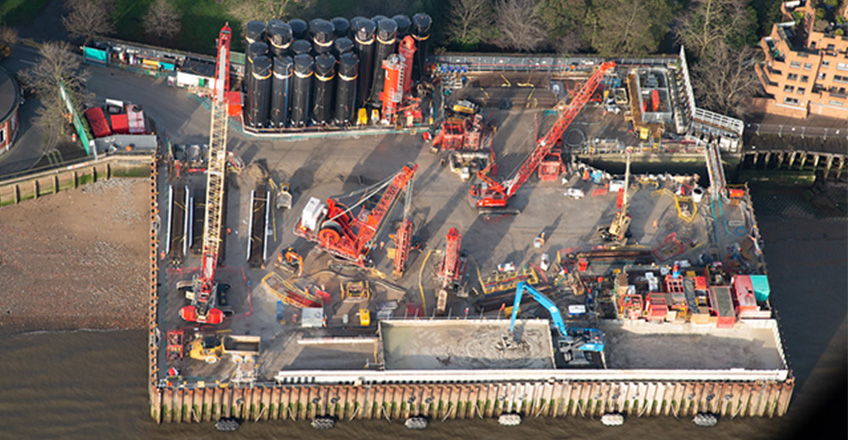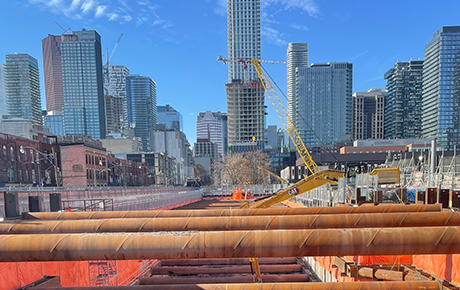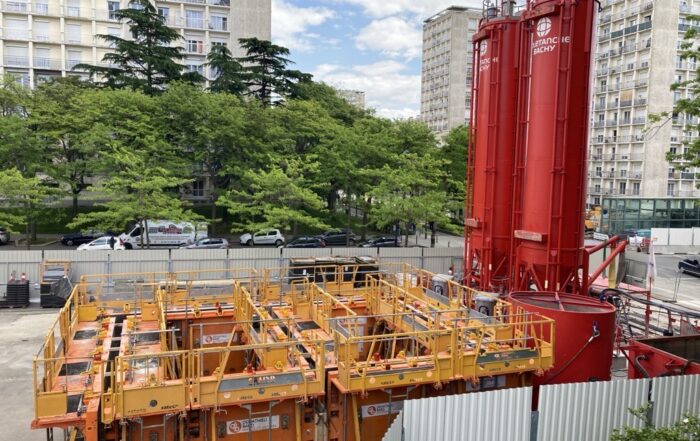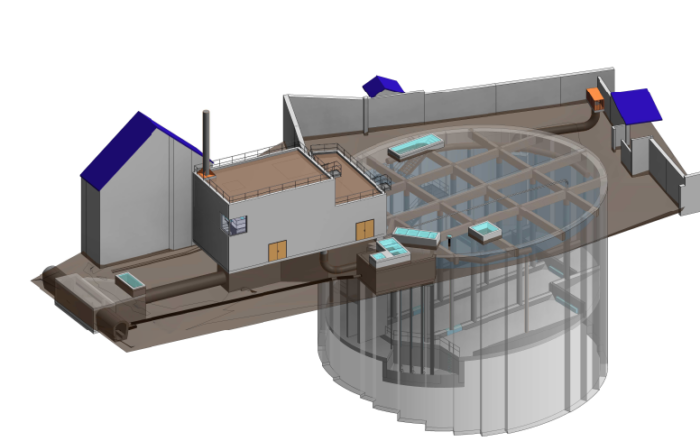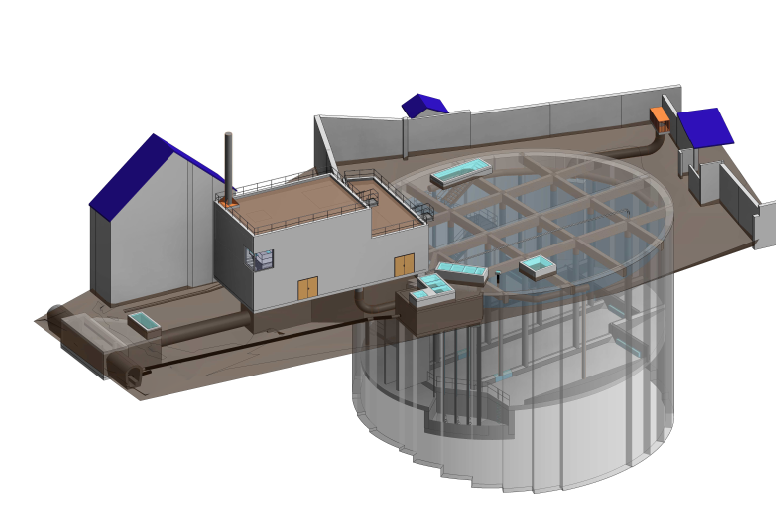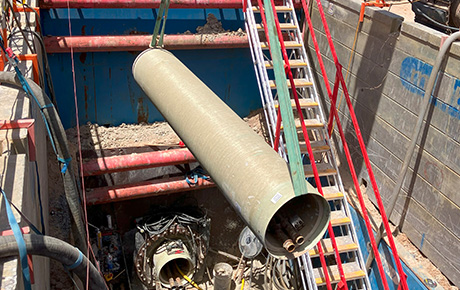22/01/2020
News from the Tideway project site in the UK
Five years ago, the CVB consortium won the East work package of London’s massive sewerage programme. We take a look back at this major project.
Let’s begin with the history… The story begins with Sir Joseph William Bazalgette, who in 1858 began work on designs for a complex sewerage system beneath the city of London. This visionary engineer sized his designs to serve a population of 4 million, although there were only 2 million Londoners at that time. But the British capital expanded much faster than he had anticipated, quickly exceeding the capacity of this combined network, and resulting in massive discharges of untreated wastewater into the River Thames (around 70 million m3 per week!)
In 2010, a project was launched to divert these discharges into a main tunnel with an external diameter of 9 metres, which acted as a buffer tank to enable all this wastewater to be treated. It was against this background that the Lee Tunnel project developed (the project we are involved in). Its location in East London enabled the Beckton wastewater treatment plant to be restructured and its treatment capacity increased.
The next step was to connect all the existing discharge points from West London to Beckton via a deep main tunnel. The contract for the eastern section of this scheme was awarded to the CVB (Costain Vinci Bachy) consortium, and covered the main tunnel from Chambers Wharf (next to Tower Bridge) to Abbey Mills (the connection with the Lee Tunnel), and the secondary tunnel between Greenwich and Chambers Wharf.
The current situation is that 75% of the special works have now been completed: Five deep Hydrofraise® shafts (up to 75 metres in depth constructed in 1200 and 1500 sections of diaphragm wall), connections to existing structures via dedicated structures (KS wall, secant piles, etc.), grouting into the chalk for the shaft entrance and exit for the TBM, soil improvement using the Kempf cofferdam Soil Mixing process, and various jet grouting consolidations. This year, we will see the arrival of the two tunnel boring machines (TBM) and the start of excavations, which are scheduled to take around one year.
The teams are currently working on the last package of Kempf diaphragm wall, where a Hydrofraise® and a KS are working together on the very small footprint of a cofferdam created for the purpose on the Thames. Work is expected to be completed in June this year. This will be the last shaft for our teams, while their Soil Mixing, piling and jet grouting colleagues will remain on site until mid-2021.
